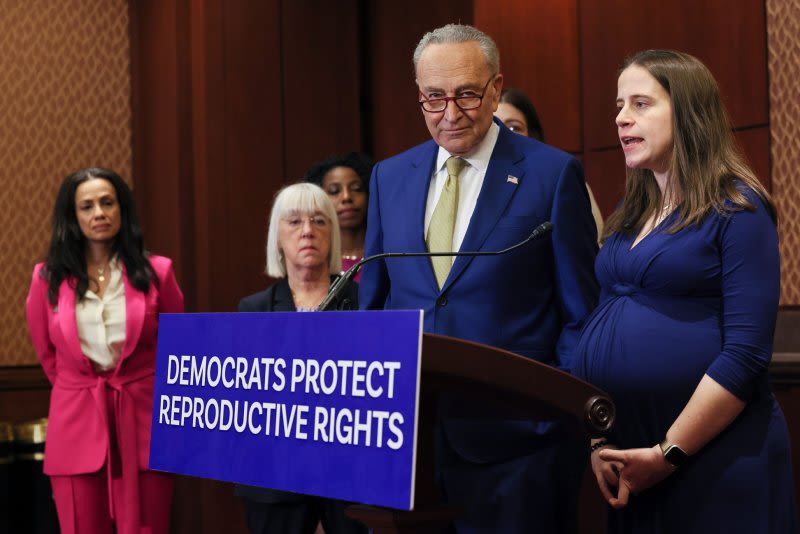Search results
News about Milwaukee, Gov. Phil Murphy, Chuck Schumer
News about Senate, contraception, Republicans
News about Texas Supreme Court, abortion ban, BIPA claims
Also in the news
People also ask
What does Access Denied mean on Windows 10?
Why am I getting a “Access Denied” error?
What does access is denied mean?
What does Access Denied mean on Windows 11?
Learn how to fix "Access Denied" or other errors when you try to access or work with files and folders in Windows. Find out the causes and resolutions for different issues related to ownership, permissions, encryption, and corruption.
- Ben Stegner
- Editor in Chief
- Are You an Administrator? In the majority of cases, you'll need to be an administrator on your PC to make changes to file/folder ownership. You may be able to tweak the permissions in directories that belong to you, but you won't have much control elsewhere.
- Fix Access Denied Errors by Taking Ownership. The most common fix to try when you see "folder access denied" is to take ownership of the folder through File Explorer.
- Review Folder Permissions. If taking ownership of a folder doesn't work, or you're an administrator trying to give permissions to someone else, you should next review which users have what permissions for the folder in question.
- Double-Check Your Antivirus Settings. Sometimes, your antivirus can get overzealous and end up messing with your ability to access files. If you've confirmed that everything is correct with your file permissions after going through the above, you should consider checking your installed security tools next.
- Kim Fernandez
- Contributor
- Check the Filesystem's Permissions. This is a simple solution you can try to ensure your account has the proper access to the file or folder you are opening
- Set Your Account to Administrator. In most cases, the Access Denied error can be fixed by making your user account a computer administrator. Here's how you can set your account to admin
- Enable the Hidden Administrator Account. Your Windows 11 system has a hidden administrator account with more privileges than a regular account. You can enable this to access files, folders, and paths restricted to regular users—it's especially helpful if you're unable to switch your user account from standard to administrator.
- Take Ownership of the File. As mentioned previously, the "Access Denied" error sometimes stems from ownership problems. If this is the cause of the error, taking ownership of the file can instantly give you the access you need
- Launch PowerShell or Command Prompt With Admin Rights. If you get a system error 5 in Command Prompt or PowerShell, run those utilities with admin privileges to fix your error.
- Make PowerShell or Command Prompt Always Launch as an Admin. If you often run commands that require admin rights, make Windows always launch your Command Prompt or PowerShell utilities as admin.
- Launch Your App or App Installer as an Administrator. If you get the above error while running an app or app installer, run your item with Windows' admin rights to possibly fix your issue.
- Make Your Regular User Account an Admin Account. If you often encounter the above errors while performing tasks on your PC, turn your standard user account into an admin account in Windows.
Feb 25, 2022 · Learn how to troubleshoot "Access Denied" errors in Windows 11, 10, and 7. Find common fixes for file permissions, antivirus, ownership, and more.
Feb 12, 2023 · Learn how to overcome the common error message Access is denied when trying to access a file or folder on Windows 10. Follow the steps to change owner, permissions, encryption, or user account control settings.
Nov 2, 2023 · Any message stating that Access is denied can't be good. If you stumble across it while using your Windows 10 running device, it's actually worse. Since this can interfere with your work by not allowing you to access certain directories or apps, here's a complete list of tested solutions to fix it.





